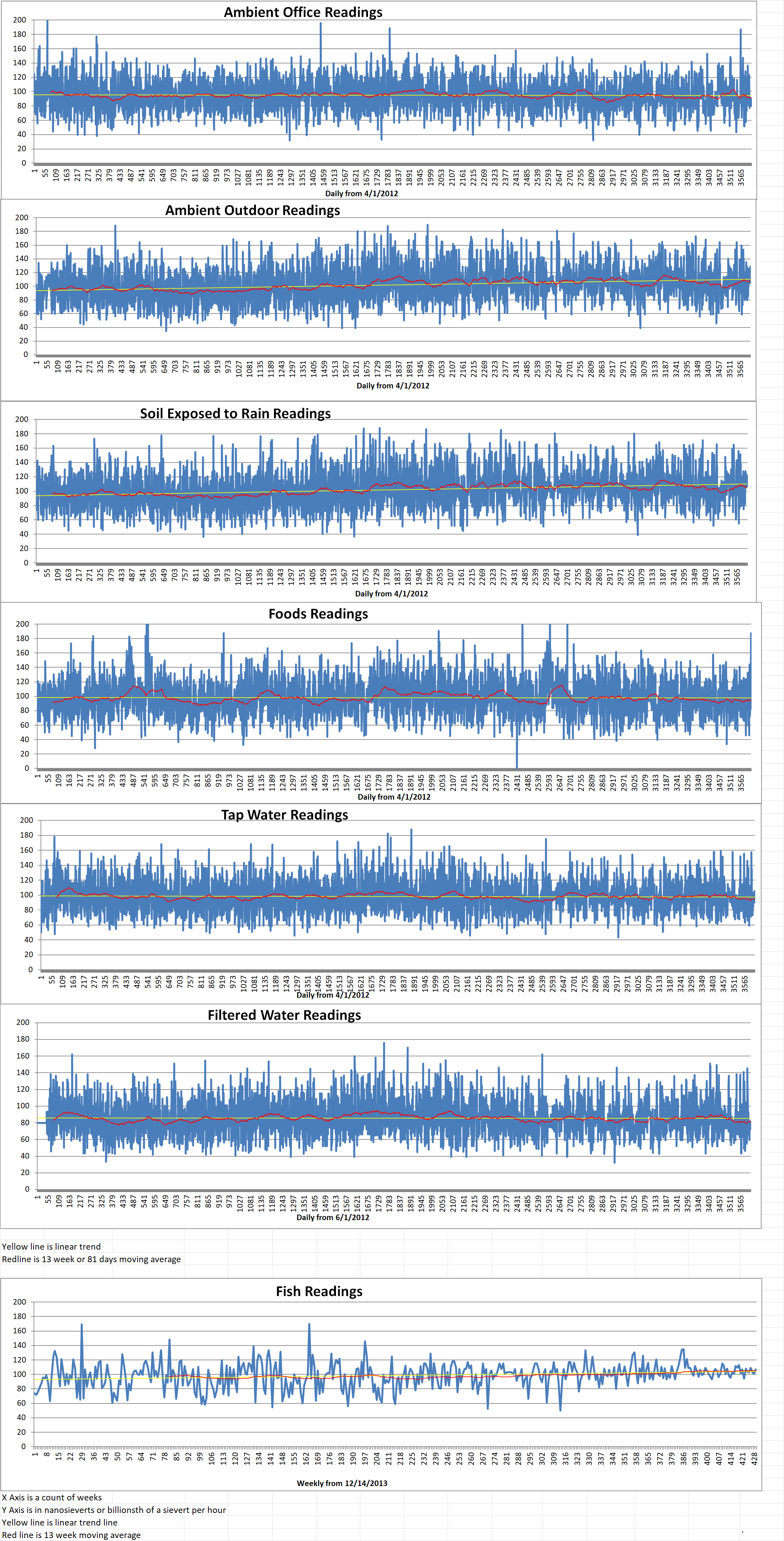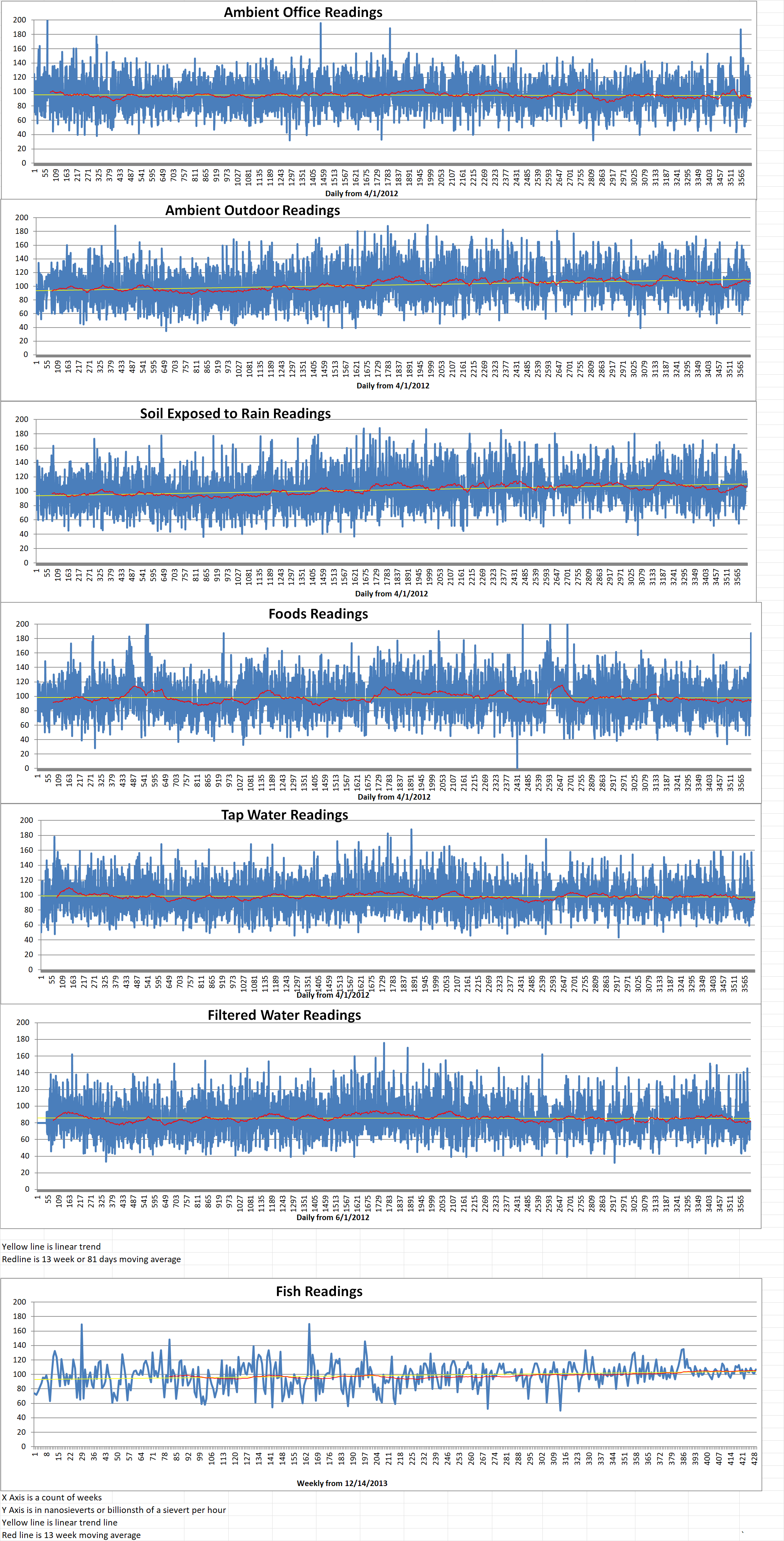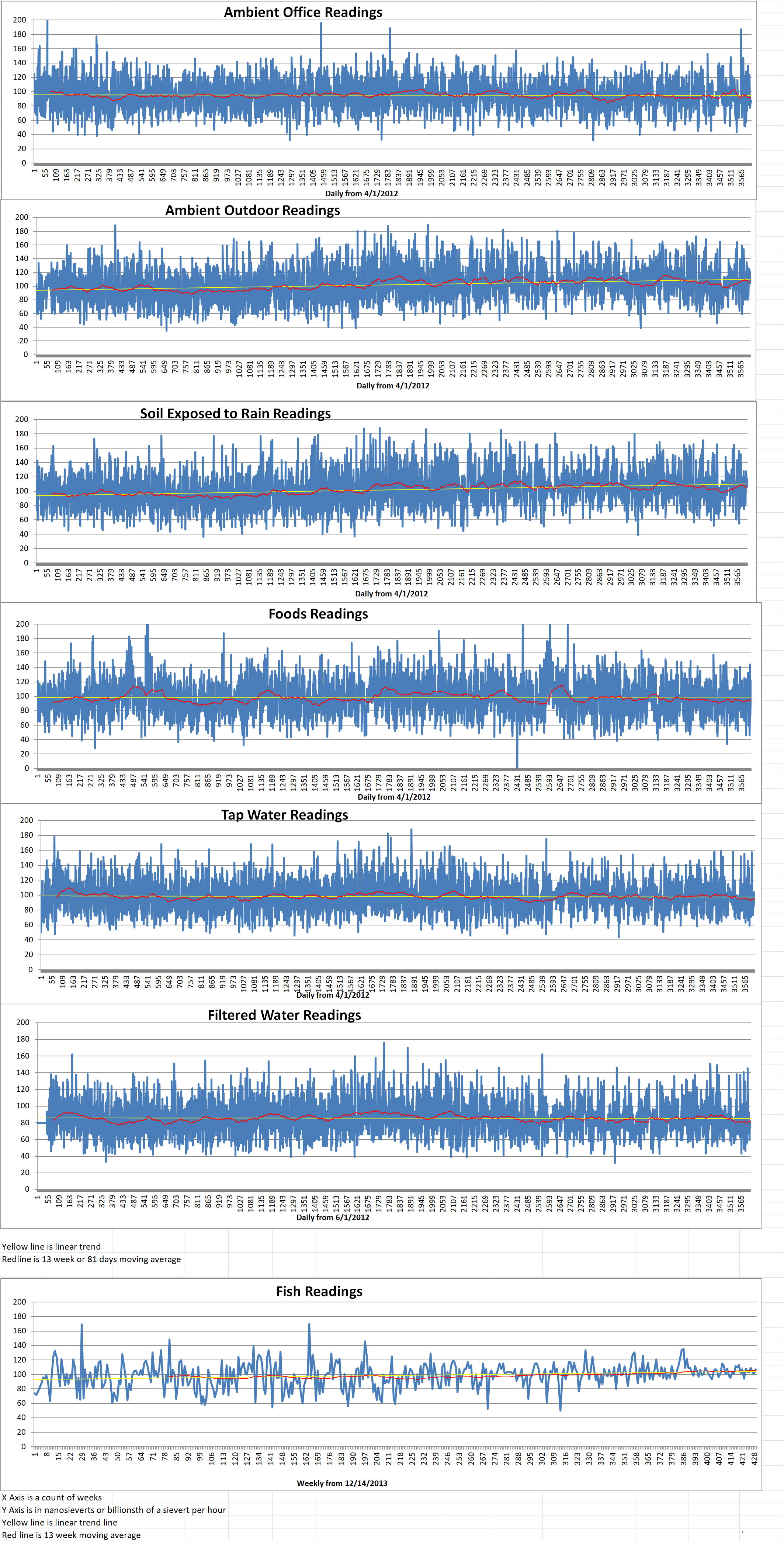The Diablo Canyon nuclear power plant near San Luis Obispo, California is the last nuclear power plant operating in California. There is great public and political pressure to shut down the plant. Now the administration of Governor Gavin Newsom is making a plea to the U.S. Department of Energy (DoE) to alter the requirements for accessing federal funds in order to keep the aging, dangerous Diablo Canyon plant operating for years beyond when it is scheduled to be permanently shut down.
The state of California is asking the DoE to free up part of the six billion dollars in the Civil Nuclear Credit Program for Diablo Canyon to remain in operation past its currently scheduled closure in 2025. The Diablo Canyon plant is not eligible for the funds because the California energy market is fully regulated. The funds are only available for states which have deregulated energy markets.
Ana Matosantos is the Secretary of Energy for California. Monday, she sent a letter to Jennifer Granholm, the U.S. Secretary of Energy, requesting that the Biden administration alter the terms of the fund so that Diablo Canyon can qualify. The fund was originally intended to help keep U.S. nuclear power reactors operating in unregulated states.
Ken Cook is the President of the Environmental Working Group (WG) and a resident of California. He said,
“Moving the goal post to allow Diablo Canyon to continue running would set a dangerous precedent for other regulated states and utilities to keep aging, dilapidated nuclear plants operating. Clinging to nuclear energy as a source of electricity as renewables like solar and wind grow by the day is not a sound, safe, forward-looking energy policy. We urge Secretary Granholm and the Biden administration to reject this plea to allow California to skirt the requirements of the program.”
In a 2018 deal between Pacific Gas & Electric which owns the Diablo Canyon plant, labor unions, environmental groups and others, the utility agreed shut down the two reactors at Diablo Canyon between 2024 and 2025.
Here are some of the problems with keeping Diablo Canyon operating.
It will be expensive. Between 2011 and 2017, maintenance costs at Diablo Canyon increased by one hundred and ten million dollars. When the plant is operating, it is known to harm aquatic life because of the hot water that it discharges directly into the Pacific Ocean. Upgrading the cooling system to deal with these concerns would cost billions of dollars.
It will be unsafe. In 2014, the Nuclear Regulatory Commission inspector urged the NRC to force the plant to shut down because of earthquake hazards.
Reactor 1 at Diablo Canyon is considered to be one of the most embrittled reactors in the country. This means that if the plant were suddenly forced to shut down in an emergency, cold water would be sent to the reactor core which contains the highly radioactive nuclear fuel. This would cause the containment vessel to shatter, resulting in a catastrophic accident.
Newsom made his plea to the DoE just a few days after he released an updated budget that calls for about five billion dollars in proposed funding for California’s electricity grid. If the new budget is approved by the state legislator, the budget would add more fossil-fueled power, more pollution and higher costs for rate payers.







